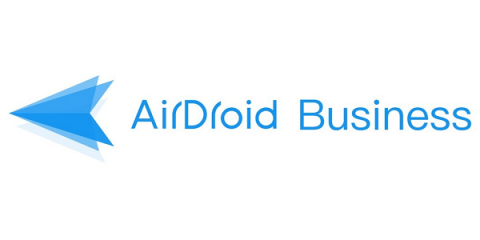Operations | Monitoring | ITSM | DevOps | Cloud
Mobile
A Comprehensive Guide to Geofencing in Healthcare
Location-based marketing has been around for a while. Marketers have used ZIP codes to send personalized marketing messages to target audiences. However, these tactics are limited. For example, you can’t trigger ads in real-time or at the moment of highest intent. But what if you could target the right customers at the right place and time? Enter geofencing.
What Is Mobile Device Management (MDM)?
With remote work and bring your own device (BYOD) practices on the rise, mobile device management (MDM) has become a necessity. Using mobile device management, IT teams are able to control, secure, and manage mobile devices, such as smartphones, laptops, and tablets. In this mobile device management (MDM) overview, we will discuss what MDM is, its importance in the IT world, and best practices to follow.
Windows MDM: A Complete Guide
At the moment, Microsoft Windows is the most popular operating system in the U.S., with a market share of 32.63%. Due to the rising bring your own device (BYOD) trends and an increase in remote work, many employees are now using remote Windows devices to access organizational data and carry out business tasks. To protect confidential data and secure these remote devices, organizations depend on Windows mobile device management (MDM).
Mac MDM: What You Need To Know
The Apple vs. Android conversation has been an ongoing debate for years, and it isn’t coming to a conclusion anytime soon. Some businesses choose to use only Android or Apple devices, while others prefer to mix the two. Whether your organization uses Android or Apple, one fact is clear: your IT team will need mobile device management (MDM) to secure and manage your remote devices.
What Is Apple & iOS MDM?
Stanford’s monthly research on working from home reported nearly 13% of full-time employees are working remotely, while about 28% of other full-time employees are in a hybrid workplace, totaling about 41% of the workforce that works remotely at least part of the time.
How To Monitor Mobile Game Application Performance
As a mobile game developer, there are many components of your game that you need to monitor. Everything from the servers that are hosting your game, to your best players, and your best-converting actions. That’s a lot of data, and it’s hard to know how to get the most out of that data. This article will look at the KPIs (Key Performance Indicators) you need to monitor, the best tools for monitoring these metrics, and how to handle this data in the most effective way.











